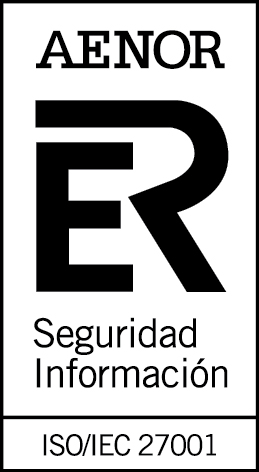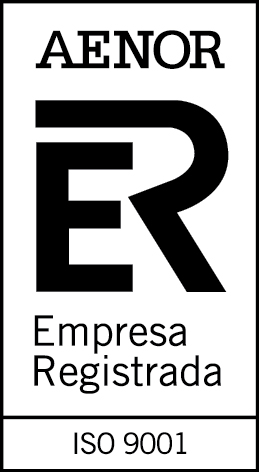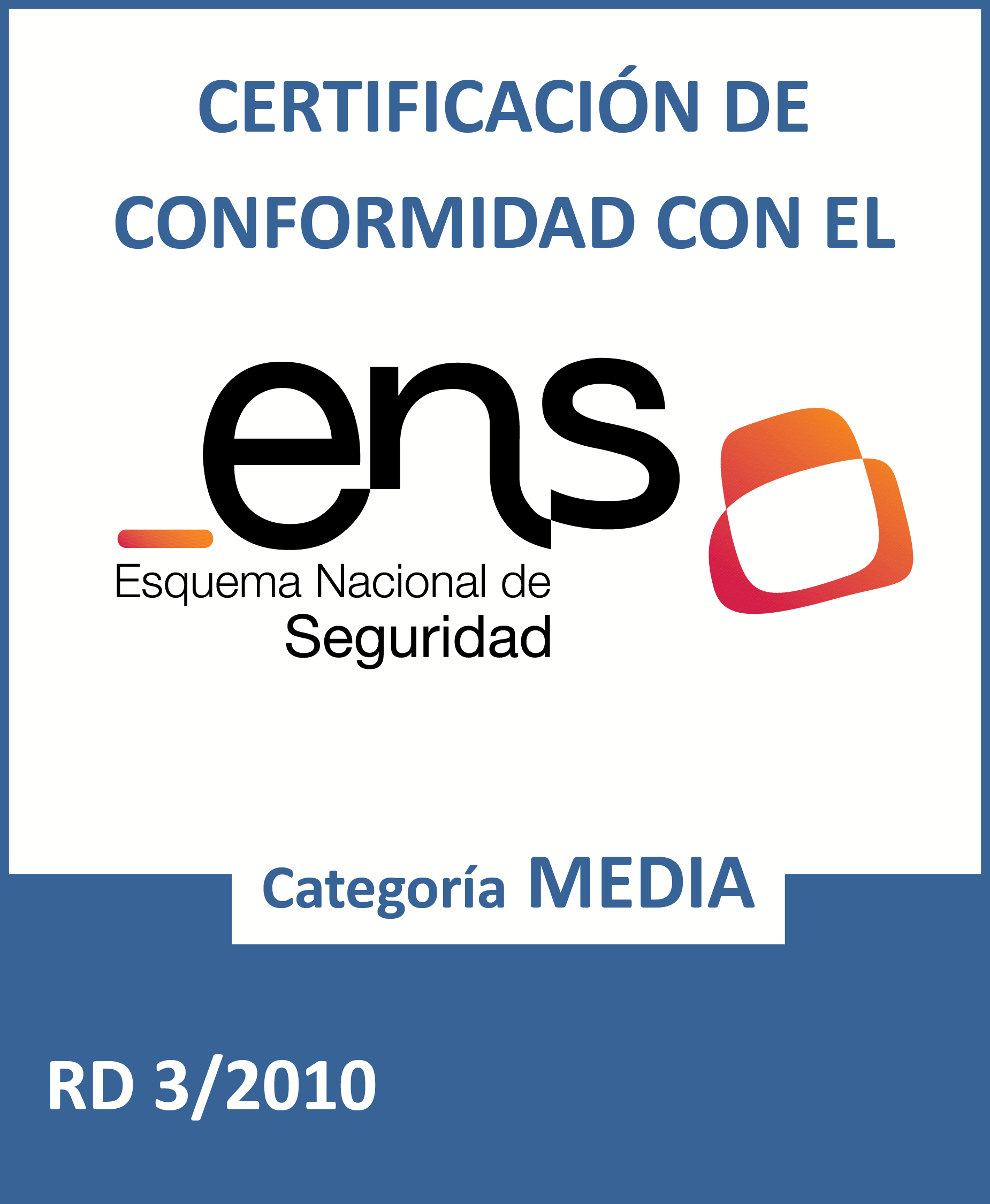XBRL, specifications of an open standard for the financial sector
Fecha de la noticia: 29-03-2017

After the financial crisis in the last years, there has been a need to promote the openness of this sector information in order to show in a transparent way the risks that exist and the possible impact on the global economy of certain activities of this industry. In order to achieve this openness and ensure that the data comply with the open data philosophy, standards are required to guarantee its interoperability. In this context, XBRL (eXtensible Business Reporting Language) has been developed, an open standard designed to represent and exchange financial and accounting information -balance sheets, profit and loss accounts, sums and balances, etc. - based in XML technologies and in the intensive application of metadata for the description of the information. What are the main elements of this standard, necessary to understand how XBRL works?
● Concepts: A concept is a financial or accounting term. For example, "benefits", "income", "losses", etc. There may be different labels for each of these concepts, either for language, legislation or accounting rules in each organization.
● Taxonomies: Concepts are organized into collections, which are called taxonomies. These collections of concepts constitute the metadata framework for describing information and can be extended by each organization, according to their accounting requirements.
● Values: There are different types of data: numeric, textual, monetary or boolean, which express a data about a concept: "income = € 100,000."
● Dimensions: They allow an organization to describe multiple values for the same concept, for example, in the case of a company like Stark Industries that wants to break down revenues by country. In this way, the dimensions facilitate both "drill-down" analysis (ability to analyze from the more general data to lower levels of detail) to disaggregate a variable, such as the reverse operation (ie, "roll-up" ).
● Contexts: Additional information to interpret the concept-value pairs of a report. Typical context information is: organization, period, currency, etc.
● Facts: A fact is the combination of the above elements. Through a concept ("income") of a taxonomy ("IFRS") with a value ("100,000") and a context ("Stark Industries", "period: 01/01/166-31 / 03/2016 "), the following fact can be expressed:" Stark Industries revenues in the first quarter of 2016 are € 100,000. "
● Instances: An instance is a report, which is nothing more than a set of facts. In this way, an organization prepares an XBRL document instance for each reporting period.
Such is the value of XBRL that its adoption by organizations and administrations is growing internationally, promoting interoperability across the entire financial reporting chain (organizations/companies> shareholders> investors> regulators ), which is essential to promote transparency in the sector and the re-use of data.
Currently, XBRL is used within the EU to publish and exchange information by bodies from a number of countries, and even by the European Commission in several areas: for example, in public procurement processes, or the European Banking Authority (EBA) and the EIOPA (European Insurance and Occupational Pensions Authority), which have established a joint initiative: the Eurofilling project, which aims to promote XBRL as a standard for financial reporting within certain regulatory frameworks such as: COREP, FINREP and Solvencia II.
At national level, it is worth mentioning the case of the Association of Registrars that uses XBRL for the standardization of the accounting data of the entity, which processes annually more than one million records of annual accounts belonging to Spanish companies. The application of this open and free standard allows the public body to streamline the procedures and control, in accordance with the law, of the entries of financial documents.
Also noteworthy is the work carried out by the XBRL Spain Association, a meeting point for regulators, developers and financial companies that take care of the implementation, adoption and development of this standard in Spain. The entity has different working groups (Taxonomies, Technology, Marketing and Training) with specific tasks from following the market tools, developing materials on XBRL or training users in the technical aspects of the standard.
The Spanish financial sector has begun to adopt XBRL within its open data practices as shown by the success stories of the Bank of Spain, the National Securities Commission, the Association of Registrars of Spain or the company Informa, entities that have made an effort to incorporate this open standard into their document formats, accounting records and economic information to comply with Basel II agreements and continue to work on transparency and good financial practices.
Due to the increasing strength of XBRL in the field of institutions and governments, there is an increasing interest in exploring alternatives for its use within the open data sector. In this regard, other approaches to "translate" XBRL a RDF/OWL, including recent proposals using the W3C Data Cube standard, and incorporate this information into the linked data universe should be highlighted. However, there is no definitive approach and all initiatives are projects under development.
As a final conclusion, it is important to note that XBRL is now the highest international benchmark for financial and accounting representation, which has to be taken into account in any open datainitiative within public administrations and agencies such as a de facto standard.











